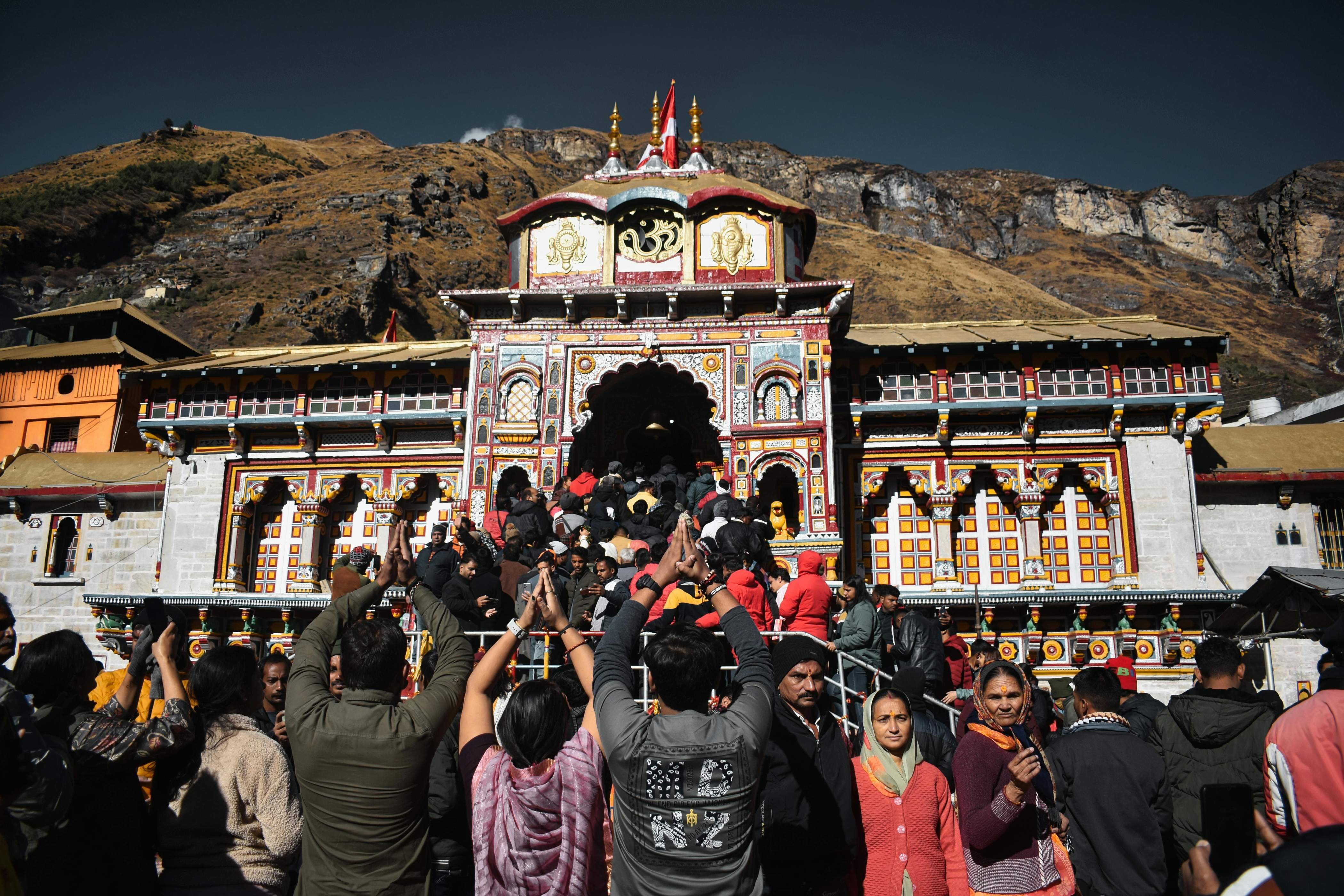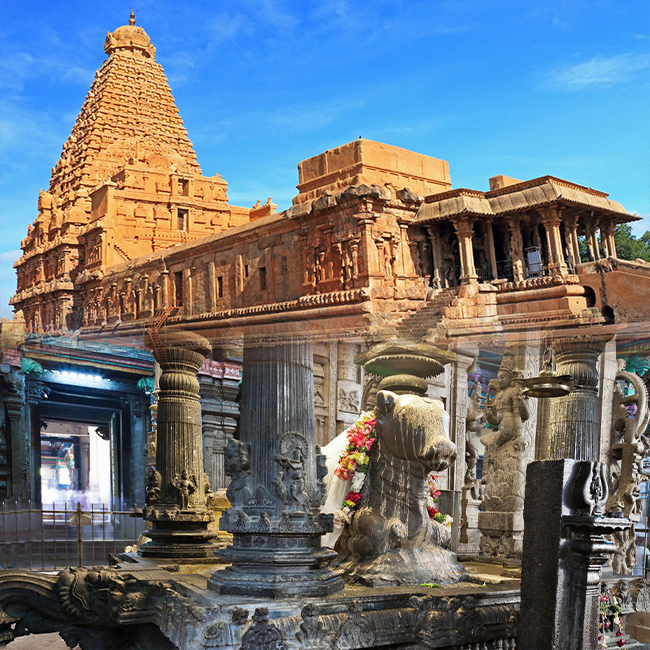

The Significance of Dwarka in the Char Dham Yatra
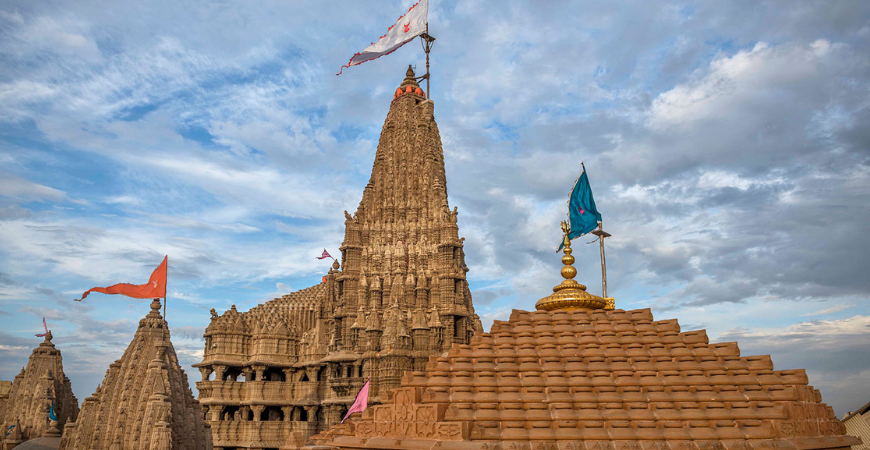

12 May 2025
The Significance of Dwarka in the Char Dham Yatra
Mythology, devotion and pilgrimage altogether form India's spiritual geography. Among the most exemplary spiritual journeys one can undertake is the Char Dham Yatra (the journey of four abodes), which is a pilgrimage-circuit consisting of four sacred places of pilgrimage — Badrinath, Dwarka, Puri, and Rameswaram — located, respectively, in the four cardinal points of the nation. All the Char Dham sites were conferred sacred significance by Adi Shankaracharya, the 8th century founder of the Krishna sect, in an attempt to bring the various streams of Hindu belief under one common devotional approach to the divine. Of all these sites, Dwarka holds singular significance, as it tends to be situated furthest along the western edge of the expanse of Hinduism, marked by Gujarat, and it represents the mythical kingdom of Lord Krishna — the celebrated avatar of the god Vishnu.
Dwarka — the Western Dham and Krishna's Kingdom
Derived from the word 'Dwar' (door) and 'Ka' (Brahma or Moksha), Dwarka means "gateway to liberation." Historical accounts claim it was also, or at least initially, the kingdom Lord Krishna established for his rule upon his departure from Mathura, where he had left to escape the constant fighting incited by Jarasandha. In Dwarka, Krishna ruled as a philosopher-king; a benevolent ruler who took care of his people with philosophy, insight and virtue.
Not like other Dhams that are dedicated to asceticism or penance. Dwarka depicts the idea that there is no need to renounce the worldly and descended into the divine, as the opportunity for spirituality can also be lived through our dharma, devotion, and righteous leadership. While Krishna's life in Dwarka consisted of diplomacy, familial duties and cosmic responsibilities, it represents the idea of the contemporary householder stepping into spirituality, taking place of privilege.
Dwarkadhish Temple - The Heart of Pilgrimage
The Dwarkadhish Temple, (also known as Jagat Mandir), is of prime significance to spiritual life in Dwarka. The magnificent temple acute and 20-25 storeys tall with its Shikhar (spire) towering way above the Gomti River, is 2000 years old, however, the temple was reconstructed in its present form in the 16th century. Dwarkadhish Temple is dedicated to Krishna as the 'King of Dwarka' and is a cacophony of chanting, ‘conch’ blowing and deep devotion.
It is believed by pilgrims that to have a darshan (sacred glimpse) of the black stone idol of Krishna here, after participating with devotion in the rituals and ceremonies will result in the blessings and grace of Krishna, as well as fulfilling an important mile- stone on the pilgrimage trail of Char Dham. Dwarkadhish Temple with its five-storey structure and intricate carvings is a vivid representation of religion and mythology intersecting form and architectural structure.
Dwarka and the Pilgrim's Journey of Oneness
The Char Dham Yatra symbolizes more than a journey through a geographical space; it also symbolizes a spiritual arc through which we follow a pilgrim's devotion to the various manifestations of a Divine principle. Each Dham corresponds to a deity and an element: Badrinath (North) – corresponding to Vishnu in the Himalayas, the personification of purity; Puri (East) – home to Jagannath (Krishna) connected to movement and consciousness; Rameswaram (South) – representing Shiva as Destroyer and Purifier; Dwarka (West) – Krishna the teacher and householder-god.
Dwarka, a Dham associated with the West, completes this sacred spatial compass. It helps seekers reflect on balancing contemplation inside with action outside; living with devotion, justice, and purpose. Its links to Krishna bolsters the Bhagavad Gita's profound message of detached duty to the Lord.
More Than a Temple Town
More about Dwarka than significant temples, Dwarka offers seekers experiential moments of deep reflection - sunsets on the Arabian sea, prayers on Gomti Ghat and the idea of timelessness in the calm stories held in the breeze. This experience is only enriched by related Dwarka pilgrimage sites like Bet Dwarka, the Rukmini temple, and Nageshwar Jyotirlinga.
To visit Dwarka is not about checking off another location on a spiritual pilgrimage; it is about inviting us to walk with Krishna and listen to his wisdom in order to return to our "dharma".
Dwarka’s significance in the Char Dham Yatra lies not just in its religious status but in its power to awaken the seeker to a deeper understanding of life, action, and devotion. As pilgrims touch the soil where Krishna once walked, they don’t just honor the past—they receive an inner calling to live with truth, courage, and compassion. In the journey to Dwarka, many find their way back home—to themselves.
Leave a Reply
Explore by Categories
Most Viewed Blogs
Tags
Location
State










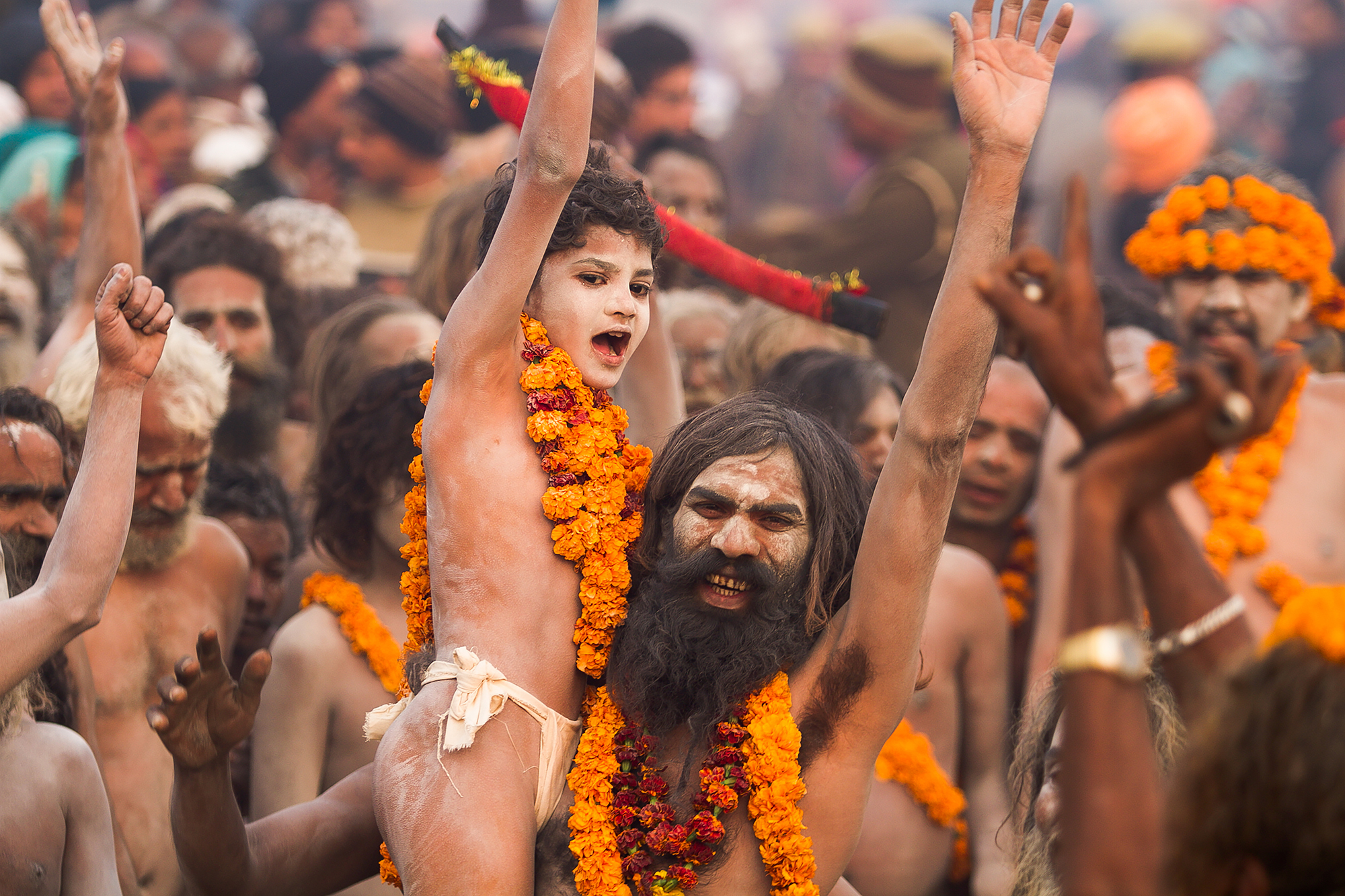
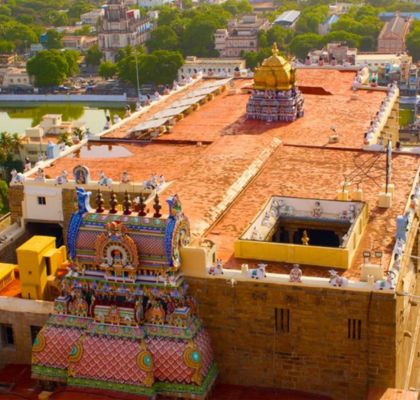
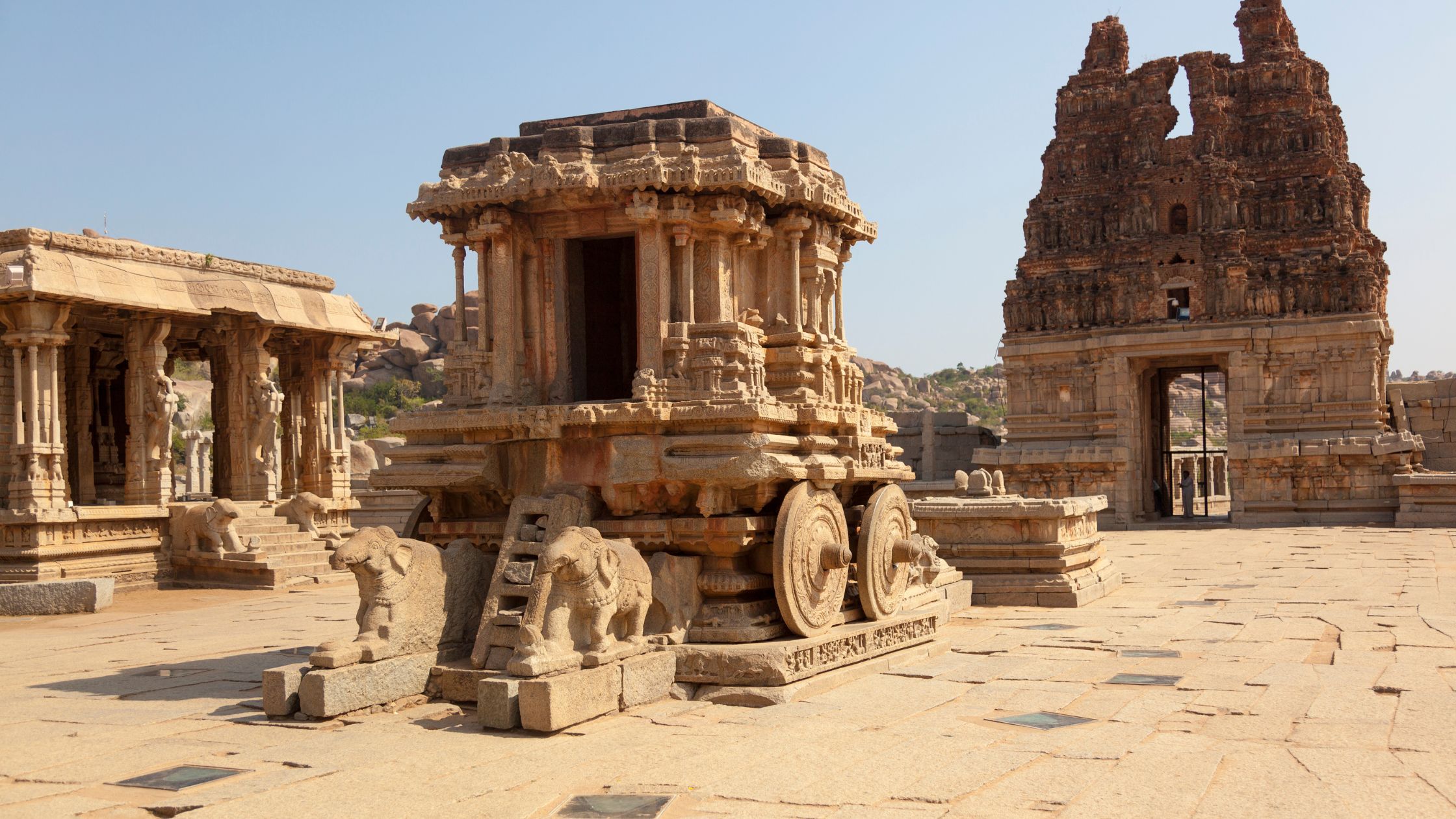
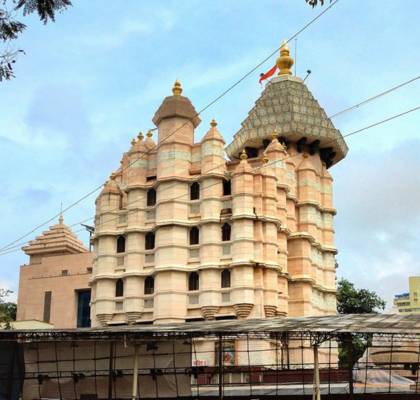
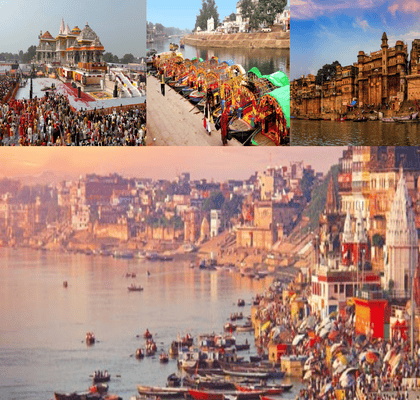
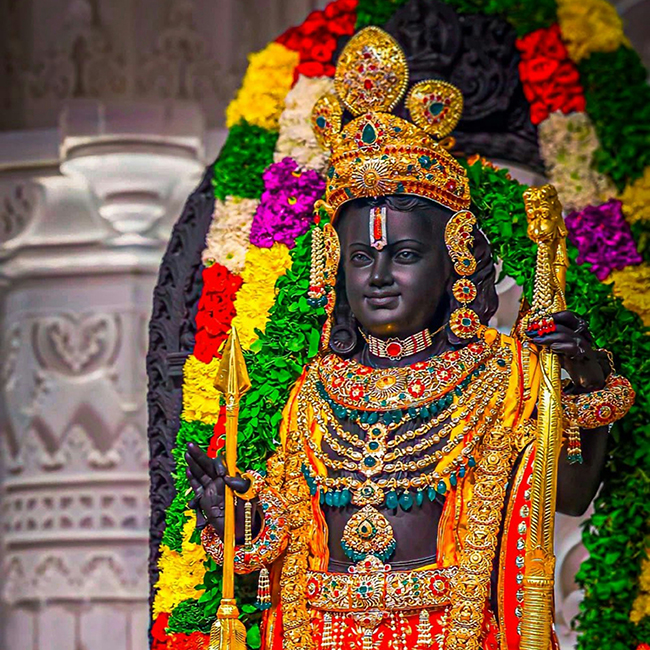
.jpg)
